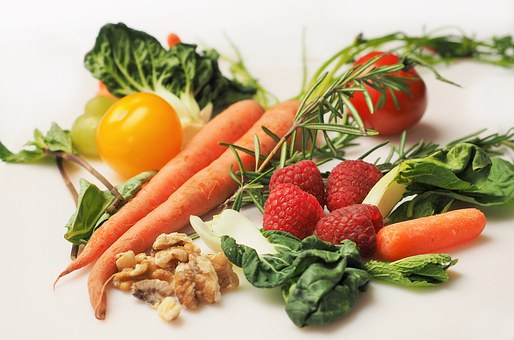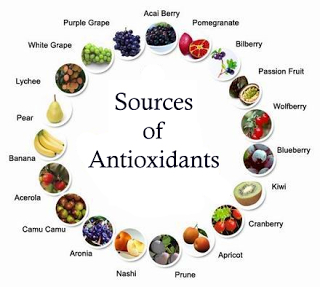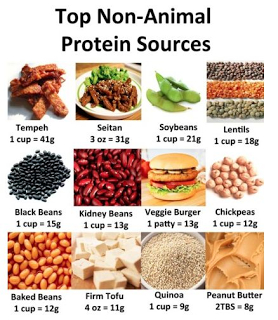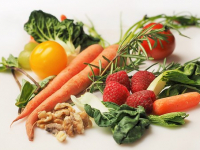
We perform a variety of surgery on a weekly basis, anything from tendon repairs to plating broken bones. All patients having surgery have one thing in common--everyone wants their surgery to heal! All surgeons want their patients to do well after operations. So how can this be done? Well although there are no guarantees, surgical patients can put themselves in the best possible scenario for healing starting right in their own homes.
First, any type of wound or surgical incision must have adequate blood flow to heal. Certain diseases can impair the amount of healthy blood flow to areas of our bodies. These diseases include diabetes, high cholesterol, and high blood pressure. The better these diseases are managed the better chance a wound has to heal. Also, the better a blood supply to an area the less likely it is to become infected. I like to use the analogy of a pond. If a pond or lake has a stream feeding it fresh water the lake stays clear and the fish stay happy. However, if the stream gets cut off the pond gets cloudy and algae starts to grow, before you know it all the fish are dead. The same happens with our wounds and blood flow, if the veins and arteries stay clear our wounds will stay clean, however if they are blocked by cholesterol or high pressures we get infection.

The foods we eat also play an important role in healing. Dangerous molecules occur in our bodies called "free radicals." These molecules like to steal pieces of other molecules in our tissues leaving them damaged and prone to diseases. Antioxidants protect our tissues from free radicals by giving the little devils the particles they are trying to steal thus preventing damage. These giving little antioxidants are better known as Vitamin C, Vitamin E, Vitamin A, and Beta-Carotene to name a few.
They can be found in the following foods:
Vitamin C: citrus, kiwi, strawberries, bell peppers and broccoli
Vitamin E: almonds, avocados and olive oil
Vitamin A/Beta-carotene: carrots, sweet potatoes, kale, chard and papayas
(Boost Your Immune System with Antioxidants)
Protein is not only a major building block of muscle and other structures in our bodies but it is also essential for wound healing. Protein is an ingredient in a substance called collagen. Collagen fibers are placed across wounds by the body to provide stability. More and more collagen is added over the first 6 weeks after an injury or surgery. As the collagen is applied the wound becomes more stable and stronger. There are many sources of protein in our diets including commonly known sources likes nuts, meats and beans. However, other good sources like edamame (soybean), quinoa, and chickpeas are great choices too!

Foods are unfortunately not the only thing we as humans are putting into our systems. Nicotine plays a huge role in the healing of tissues in our body. Both bone and soft tissue are effected by smoking. Not only are smokers more likely to experience certain injuries, like rotator cuff tears and fractures, but they will also take longer to heal from those same injuries. Smoking restricts blood supply to the tissues of our body, and as we have discussed adequate blood flow is vital to healing wounds. Blood flow is also vital to healing fractures and tendon repairs. If a fracture site is not given the correct nutrients from the body it will not heal, and it will go on to become a "non-union." This often requires surgery for plating to set the bones in place correctly. However even with plates bones may still not heal. Many spine surgeons will actually require their patients to quit smoking before they will perform certain spine procedures because the risk of the spine not fusing post operative.
If your mother told you "eat your vegetables!" You should listen! We all know that mother knows best and when it comes to healing wounds, think healthy diets and no smoking. Feel free to ask questions.
Cheers!
Sources:
http://www.elsevieradvantage.com/samplechapters/9780323034708/9780323034708.pdf
https://www.nlm.nih.gov/medlineplus/antioxidants.html
http://www.healthchecksystems.com/antioxid.htm
http://www.woundsinternational.com/media/issues/217/files/content_182.pdf
http://orthoinfo.aaos.org/topic.cfm?topic=a00192
http://news.wustl.edu/news/Pages/7921.aspx
The information on this blog is intended for informational and educational purposes only. It is not intended to be used in place of medical advice. If you have orthopedic issues that need to be addressed please contact your physician.


